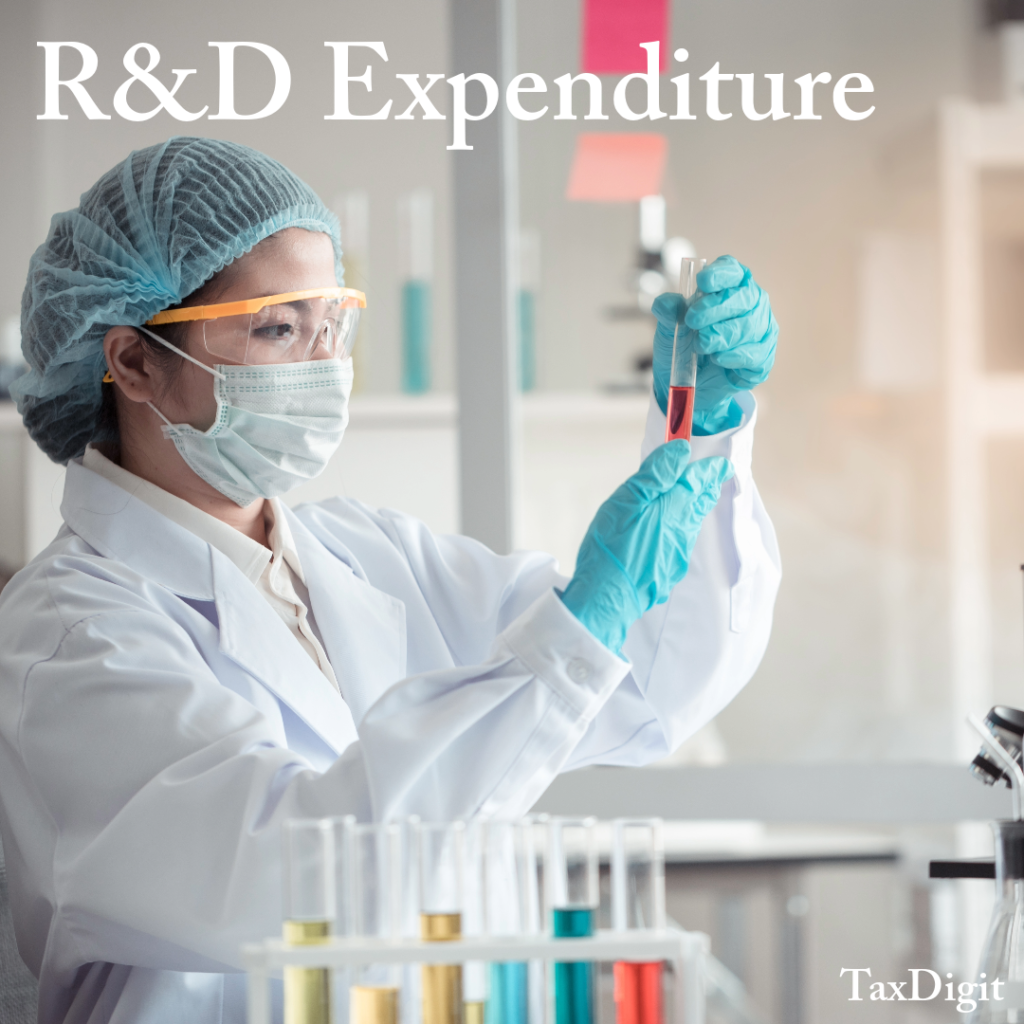
SMEs that incur qualifying R&D expenditure can claim an additional 130% on the qualifying costs when calculating their trading profits. This means that a company can potentially claim 230% of its qualifying R&D costs. To qualify as an SME, a company must have fewer than 500 employees and meet specific financial criteria, such as an annual turnover not exceeding £100 million or an annual balance sheet figure not exceeding £86 million.
What Qualifies as R&D Expenditure?
For expenditure to be considered qualifying R&D expenditure, it must meet certain conditions. It should be revenue expenditure (not capital) on a project that aims to achieve an advance in science or technology related to the trade. The following types of expenses are eligible:
- Staff Costs: Including National Insurance contributions for staff directly and actively involved in the R&D project.
- Software: Expenses for software directly used in carrying out R&D activities.
- Consumables: Directly employed in R&D, such as water, fuel, and power (excluding rent).
- Payments for Clinical Trials: Payments made to individuals participating in clinical trials.
- Subcontracted R&D Costs: Note that only 65% of subcontracted costs are eligible for the enhanced credit.
- Externally Provided Workers: Costs associated with workers provided by external entities.
If the costs above only partly relate to R&D activities, a proportion of the costs will be allowable. Importantly, capital expenditure on R&D (excluding land) does not qualify for additional R&D relief but qualifies for a 100% R&D capital allowance in the year of purchase.
Turning Losses into Gains: R&D Tax Credits
In the pursuit of innovation, SMEs may incur losses. However, the government provides a silver lining by allowing companies that have incurred qualifying R&D expenditure to surrender all or part of their loss for a tax credit – a cash payment of 14.5%. The amount that can be surrendered is the lower of the unrelieved trading loss and 230% of the qualifying R&D expenditure.
The unrelieved trading loss is the trading loss for the period, increased by any additional R&D relief claimed but reduced by any current year claims or carrybacks. It’s important for SMEs to navigate these complexities effectively to maximize their benefits.
How TaxDigit Can Assist You
Navigating the intricacies of R&D tax relief can be challenging, but with TaxDigit, SMEs can streamline the process and ensure that they are maximising their benefits. Our experts are well-versed in the eligibility criteria, documentation requirements, and submission processes. We can assist you in identifying qualifying R&D expenditure, calculating the additional relief, and ensuring compliance with the latest regulations.
In conclusion, SMEs play a crucial role in driving innovation and economic growth. With the right support and understanding of R&D tax relief, these enterprises can fuel their innovative endeavors, turning challenges into opportunities. TaxDigit stands ready to assist SMEs in unlocking the full potential of R&D tax relief, helping them thrive in the ever-evolving business landscape.



